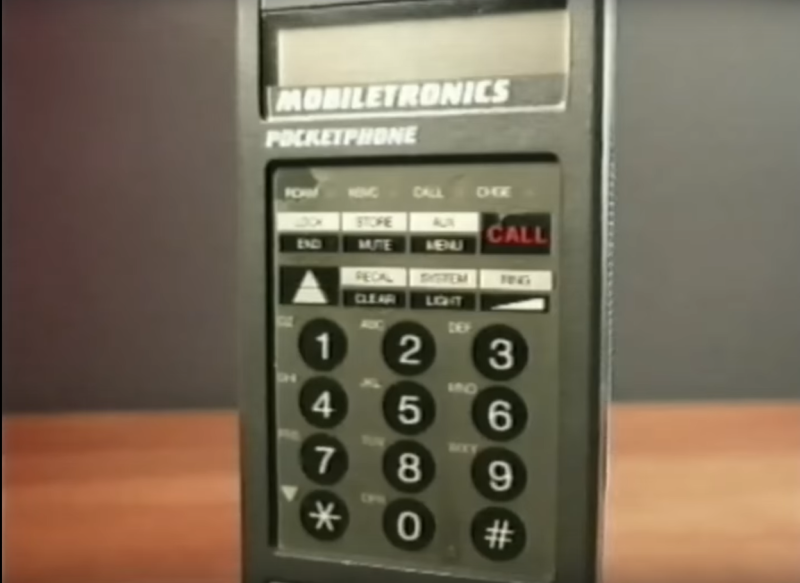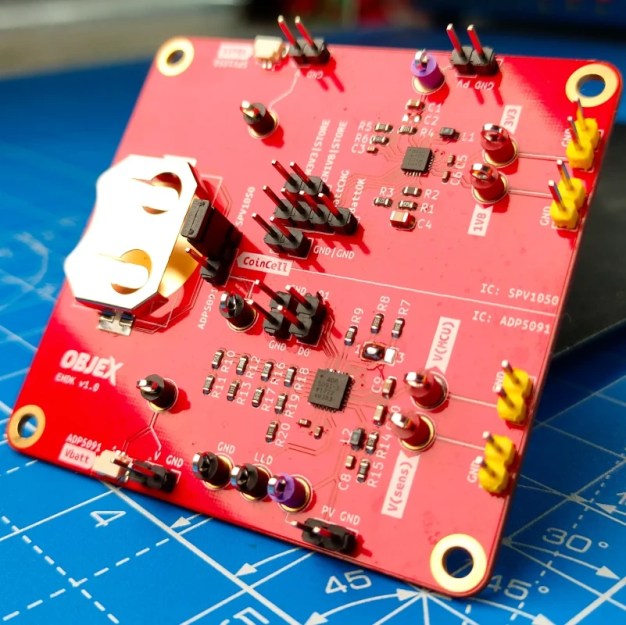A Mobile Phone from 1985

It might seem quaint through the lends of history we have the luxury of looking through, but in the mid 1980s it was a major symbol of status to be …read more Continue reading A Mobile Phone from 1985
Collaborate Disseminate

It might seem quaint through the lends of history we have the luxury of looking through, but in the mid 1980s it was a major symbol of status to be …read more Continue reading A Mobile Phone from 1985

There doesn’t have to be much more to setting up a simple solar panel installation than connecting the panel to a battery. Of course we would at least recommend the …read more Continue reading Comparing Solar Energy Harvesters
For something that has been around since the 1930s and is so foundational to computer science, you’d think that the Turing machine, an abstraction for mechanical computation, would be easily understood. Making the abstract concepts easy to understand is what this Turning machine demonstrator aims to do.
The TMD-1 is …read more
Continue reading TMD-1 Makes Turing Machine Concepts Easy to Understand
With its constant siren song of distraction and endless opportunity for dopamine hits, a smartphone can cause more problems than it solves. The simple solution would be a no-nonsense flip phone, but that offers zero points for style. So why not build your own rotary dial pocket cellphone?
Of course, …read more
Continue reading Simplify Your Life with This Pocket Rotary Cellphone
Rechargeable batteries are a technology that has been with us for well over a century, and which is undergoing a huge quantity of research into improved energy density for both mobile and alternative energy projects. But the commonly used chemistries all come with their own hazards, be they chemical contamination, …read more
Continue reading An All-Iron Battery Isn’t Light, But It’s Cheap
If adding a cell modem is dealing with a drama queen of a hardware component, then choosing from among the many types of modules available turns the designer into an electronics Goldilocks. There are endless options for packaging and features all designed to make your life easier (or not!) so you-the-designer needs to have a clear understanding of the forces at work to come to a reasonable decision. How else will Widget D’lux® finally ship? You are still working on Widget D’lux®, aren’t you?
OK, quick recap from last time. Cell modems can be used to add that great feature …read more
Batteries placed in harm’s way need to be protected. A battery placed where a breakdown could endanger a life needs to be protected. Lithium-ion batteries on the bottoms of electric cars are subject to accidental damage and they are bathed in flame-retardant epoxy inside a metal sled. Phone batteries are hidden behind something that will shatter or snap before the battery suffers and warrant inspection. Hoverboard batteries are placed behind cheap plastic, and we have all seen how well that works. Batteries contain chemicals with a high density of energy, so the less exploding they do, the better.
Researchers at …read more
For sturdy utilitarianism, there were few designs better than the Western Electric Model 500 desk phone. The 500 did one thing and did it well, and remained essentially unchanged from the mid-1940s until Touch Tone phones started appearing in the early 70s. That doesn’t mean it can’t have a place in the modern phone system, though, as long as you’re willing to convert it into a cellphone.
Luckily for [bicapitate], the Model 500 has plenty of room inside the case once the network interface is removed, because the new electronics take up a fair bit of space. There’s no build …read more
Continue reading Classic American Dial Phone Gets A GSM Makeover
Those who fancy themselves as infrastructure nerds find cell sites fascinating. They’re outposts of infrastructure wedged into almost any place that can provide enough elevation to cover whatever gap might exist in a carrier’s coverage map. But they’re usually locked behind imposing doors and fences with signs warning of serious penalty for unauthorized access, and so we usually have to settle for admiring them from afar.
Some folks, like [Mike Fisher] aka [MrMobile], have connections, though, and get to take an up close and personal tour of a couple of cell sites. And while the video below is far from …read more
This is more than a printing filament hack — closer to bleeding edge bio-engineering — but we can’t help but be fascinated by the prospect of 3D printing with filament that’s alive on a cellular level.
The team from MIT led by [Xuanhe Zhao] and [Timothy Lu] have programmed bacteria cells to respond to specific compounds. To demonstrate, they printed a temporary tattoo of a tree formed of the sturdy bacteria and a hydrogel ‘ink’ loaded with nutrients, that lights up over a few hours when adhered to skin swabbed with these specific stimuli.
So far, the team has been …read more